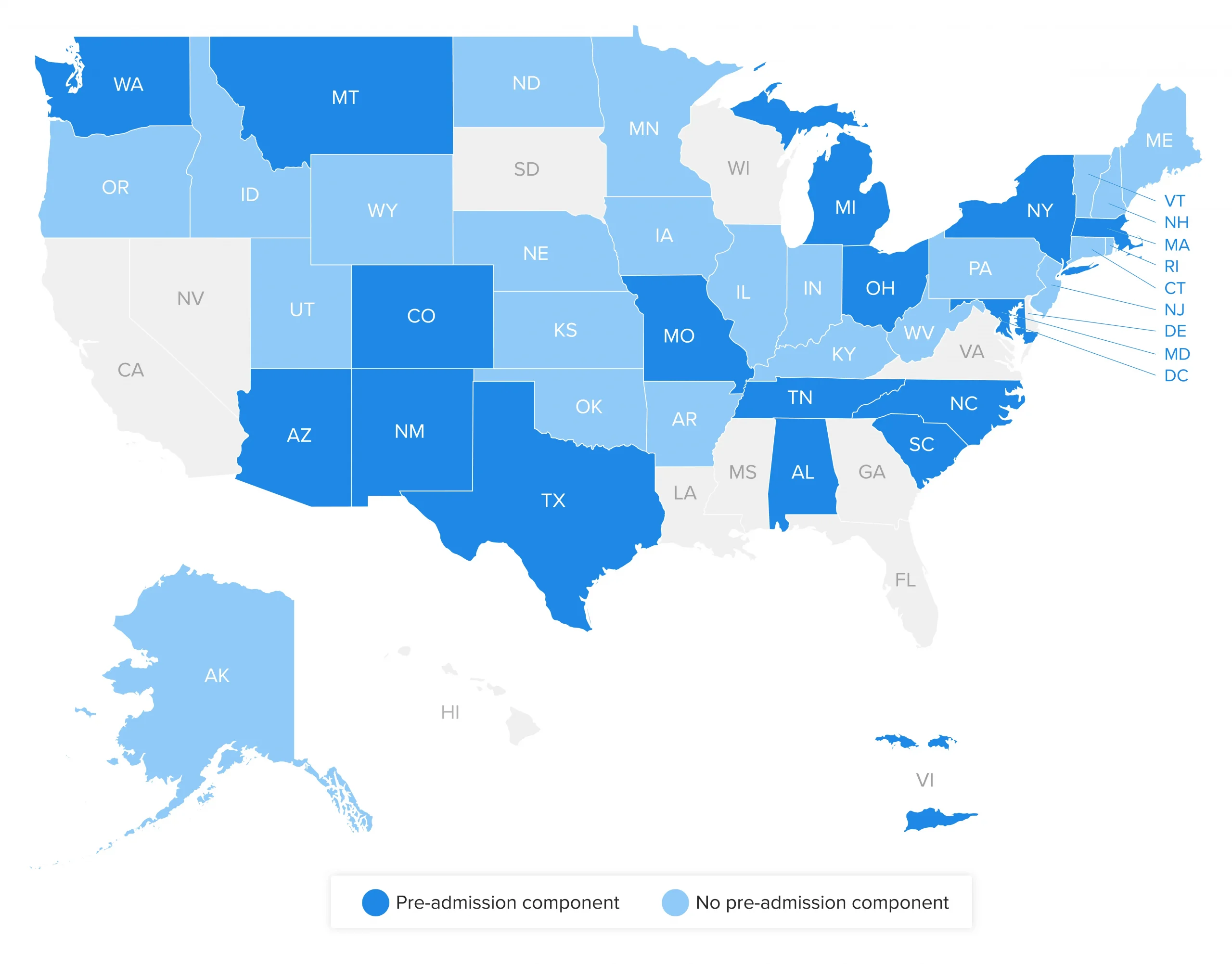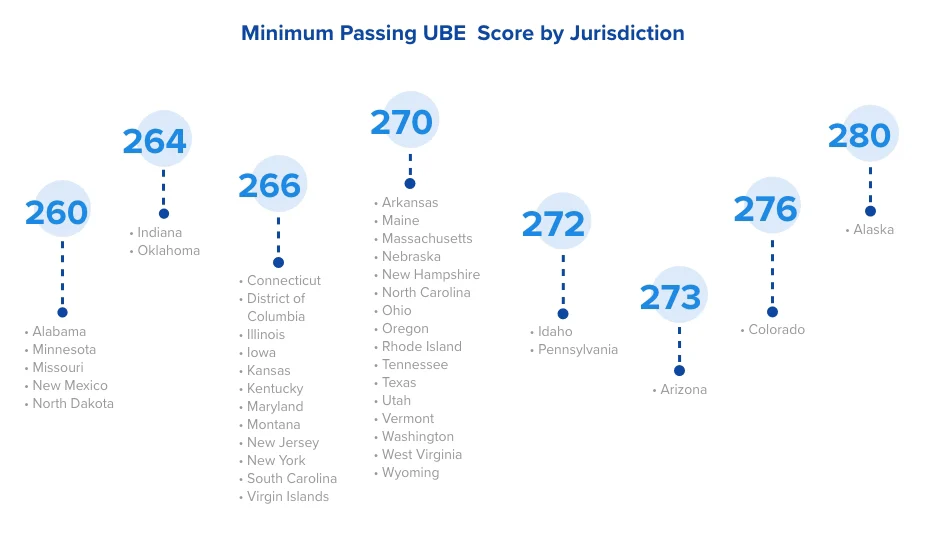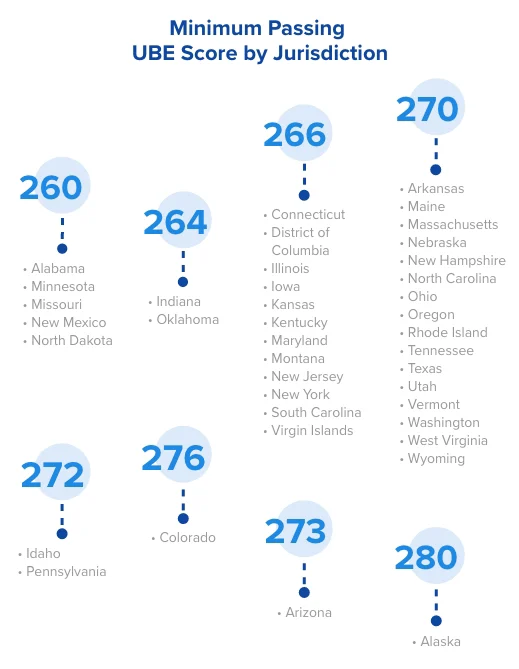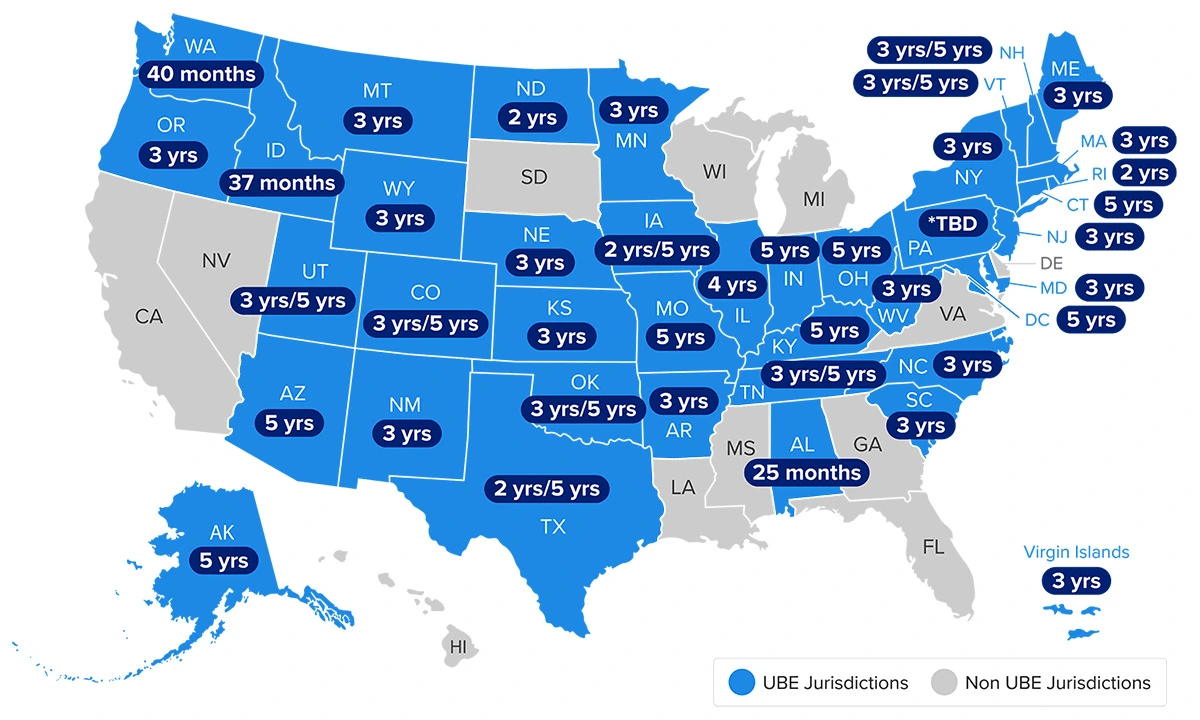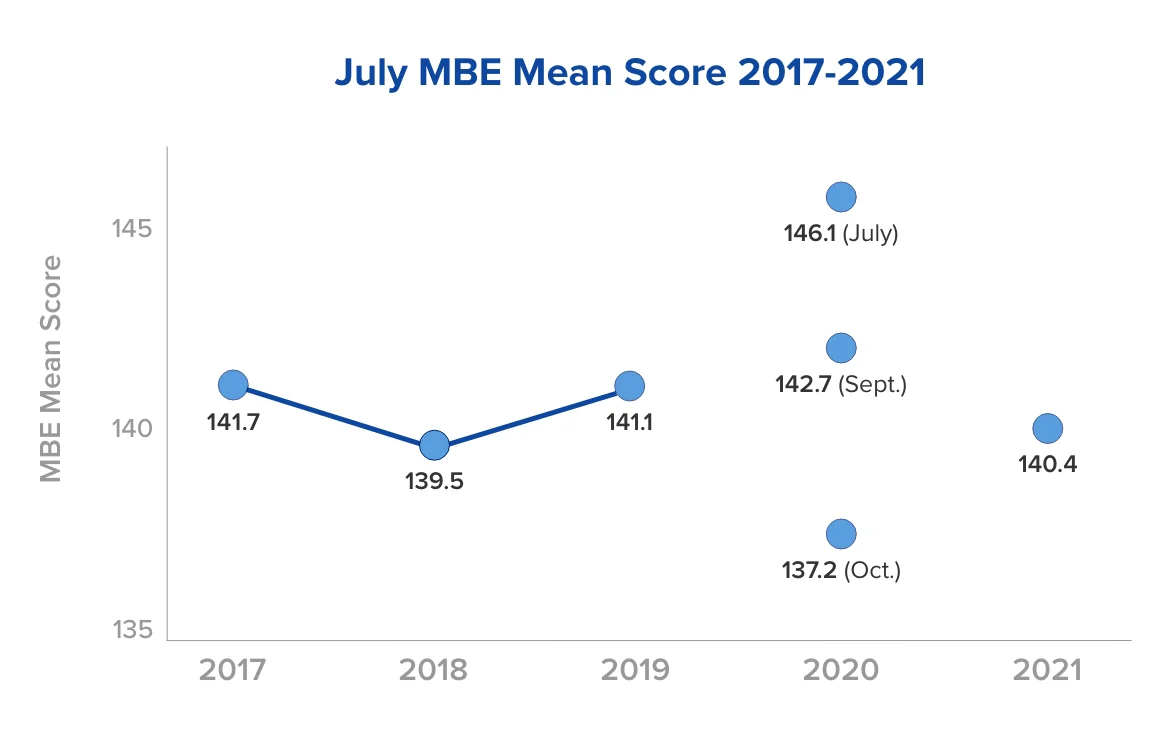UBE® Scores by State
The National Conference of Bar Examiners (NCBE®) developed the Uniform Bar Examination (UBE®) to create an exam that is administered and scored uniformly among multiple jurisdictions, allowing for score portability. A portable score enables lawyers to apply to practice law in other UBE jurisdictions. And what massive advantage does score portability offer? Candidates can start job-hunting immediately, even if they receive an unsatisfactory UBE score in their jurisdiction, by transferring their score to a jurisdiction with a lower UBE passing score.
What is meant by "UBE Score?"
A common question among most bar candidates is, "How is the UBE scored?” So, to answer this, let’s first discuss how the Multistate Bar Exam (MBE®) section of the UBE is evaluated by NCBE. The respective jurisdiction evaluates the Multistate Essay Exam (MEE®) and Multistate Performance Test (MPT®). The MBE carries a 50% distribution, the MEE a 30% distribution, and the MPT a 20% distribution. The MEE and MPT scores are scaled to the MBE and UBE scores, and the NCBE calculates the total scores for both tests. The maximum possible score on the UBE is 400.
Each jurisdiction determines its own minimum score for the UBE. Examinees' UBE scores are reported directly by their respective jurisdictions after being sent to them by the NCBE. If a candidate's UBE jurisdiction does not provide score reporting, they may submit a score request to the NCBE via UBE Score Services.
The UBE establishes certain pre-admission components that are specific to the jurisdiction. These components are called "Jurisdiction Specific Law Components" or "Local Components." These requirements ensure that any candidate applying to the bar exam possesses a certain amount of knowledge of the jurisdiction's legal system.
Please find the broad categories for the local components divided by states and their prerequisites for admission to the bar below.
| Jurisdiction(s) | Local Component Prerequisites |
|---|---|
| Alaska, Arkansas, Colorado, Connecticut, District of Columbia, Idaho, Illinois, Indiana, Iowa, Kansas, Kentucky, Maine, Minnesota, Nebraska, New Hampshire, New Jersey, North Dakota, Oklahoma, Oregon, Pennsylvania, Rhode Island, Utah, Vermont, West Virginia, Wyoming | No pre-admission component |
| Alabama, Arizona, Maryland, Massachusetts, Michigan, Missouri, Montana, New Mexico, New York, North Carolina, Ohio, South Carolina, Tennessee, Texas, Virgin Islands, Washington | Pre-admission component exists |
When an applicant applies to take the UBE in one jurisdiction and applies for admission by a transferred UBE score to an additional jurisdiction, they are said to be making a "concurrent application for admission by transferred UBE score."
Look at the table below to get a better understanding of the concept of concurrent transfer.
| UBE jurisdiction | Requires completion of a jurisdiction-specific component before admission | Maximum no. attempts to earn a passing UBE score | Allows concurrent application for admission by transferred UBE score |
|---|---|---|---|
| Alabama | Yes | no limit | No |
| Alaska | No | no limit | No |
| Arizona | Yes | 6 | No |
| Arkansas | No | no limit | No |
| Colorado | No | no limit | No |
| Connecticut | No | no limit | Yes |
| District of Columbia | No | 4 | No |
| Idaho | No | 6 | No |
| Illinois | No | no limit | No |
| Indiana | No | no limit | Yes |
| Iowa | No | 2 | No |
| Kansas | No | no limit | Yes |
| Kentucky | Yes | 5 | Yes |
| Maine | No | no limit | Yes |
| Maryland | Yes | no limit | |
| Massachusetts | Yes | no limit | Yes |
| Michigan | Yes | no limit | TBD |
| Minnesota | No | no limit | Yes |
| Missouri | Yes | no limit | Yes |
| Montana | Yes | 3 | Yes |
| Nebraska | No | 4 | No |
| New Hampshire | No | 4 | Yes |
| New Jersey | No | no limit | No |
| New Mexico | Yes | no limit | Yes |
| New York | Yes | no limit | Yes |
| North Carolina | Yes | no limit | No |
| North Dakota | No | 6 | No |
| Ohio | Yes | no limit | Yes |
| Oklahoma | No | no limit | Yes |
| Oregon | No | no limit | No |
| Pennsylvania | No | no limit | No |
| Rhode Island | No | 5 | No |
| South Carolina | Yes | 3 | No |
| Tennessee | Yes | no limit | No |
| Texas | Yes | 5 | Yes |
| Utah | No | 6 | Yes |
| Vermont | No | 4 | Yes |
| Washington | Yes | no limit | Yes |
| West Virginia | No | 4 | No |
| Wyoming | No | 4 | No |
| Virgin Islands | Yes | no limit | Yes |
UBE Minimum Passing Scores by State
Every UBE jurisdiction has its own minimum passing score, meaning a passing score in one jurisdiction doesn’t guarantee your license to practice law in another UBE jurisdiction. The UBE is one of those tests where you can "pass" in one state but "fail" in another. Bear in mind that just because you pass in one jurisdiction does not mean you are necessarily licensed to practice law there. A license is not guaranteed unless all other procedural conditions are met (which generally include passing the MPRE, passing character and fitness, paying licensing fees, attending a swearing-in ceremony, and, in some cases, passing a separate state-specific exam).
| Minimum Passing UBE Score* | Jurisdiction* |
|---|---|
| 260 | Alabama, Minnesota, Missouri, Minnesota, New Mexico, North Dakota |
| 264 | Indiana, Oklahoma |
| 266 | Connecticut, District of Columbia, Illinois, Iowa, Kansas, Kentucky, Maryland, Montana, New Jersey, New York, South Carolina, Virgin Islands |
| 270 | Arkansas, Maine, Massachusetts, Nebraska, New Hampshire, North Carolina, Ohio, Oregon, Rhode Island, Tennessee, Texas, Utah, Vermont, Washington, West Virginia, Wyoming |
| 272 | Idaho, Pennsylvania |
| 273 | Arizona |
| 276 | Colorado |
| 280 | Alaska |
*Although Michigan is administering the UBE as of February 2023 exam, the minimum passing score has not yet been determined.
What is the procedure for UBE Score Transfer?
Each jurisdiction in which you take the UBE will receive your score directly from the NCBE. You must request a UBE Official Score Transcript if you want your certified UBE score forwarded to a different UBE jurisdiction. If you have taken the UBE more than once or in different states, your transcript will include a complete history of your UBE scores.
To request a transcript of your UBE scores, visit the Score Services section of your NCBE Account (or create one if you don't already have one) and follow the instructions.
Requesters are prompted to specify the date and location of their most recent UBE examination (month and year). You'll need to specify to which state(s) or countries you'd like your UBE Official Transcript sent.
Score Services Fees - Payment, Refund Process
Each UBE Official Score Transcript is subject to a fee of $25. Typically, score service requests are answered the following business day after payment has been received, but no sooner than when the testing jurisdiction has declared its examination results and allowed the release of the examinee's scores.
What is the Maximum UBE Score Transfer Age
Maximum UBE Score Transfer Age refers to the validity of transferred UBE scores. While some states, like Iowa, allow up to 5 years for a candidate to transfer their score, other states, like North Dakota, only hold the transferred UBE score validity up to 2 years. Please see the table below to learn the transfer age for the different UBE jurisdictions:
| Maximum Age of Transferred UBE Score* | Jurisdiction |
|---|---|
| 2 years | North Dakota, Rhode Island |
| 2 years/5 years (Depends on prev work experience) | Iowa |
| 25 months | Alabama |
| 30 months | Pennsylvania |
| 3 years | Arkansas, Maine, Maryland, Massachusetts, Michigan, Minnesota, Montana, Nebraska, New Jersey, New Mexico, New York, North Carolina, Oregon, South Carolina, Virgin Islands, West Virginia |
| 3 years/5 years (Depends on prev work experience) | Colorado, New Hampshire, Oklahoma, Tennessee, Utah, Vermont, Wyoming |
| 37 months | Idaho |
| 40 months | Washington |
*Please note that the maximum age requirements may vary depending on other parameters like previous work experience, the bar exam score, etc. Please reach out to your state board of bar examiners to get clarity on the same.
What is the Bar Exam Score Report and How do you Interpret it?
If you observe the score patterns released by the NCBE from 2015 to 2019, some candidates have exceptionally high scores on the MBE, while others have low scores. The majority of test-takers score within a few points of the mean. Remember, the Multistate Bar Examination (MBE) is an essential part of the bar exam in most states, since it accounts for 50% of your total score.
Therefore, the MBE is crucial to your overall score in most US states, and many people who fail the bar exam do so by the narrowest of margins. Many examinees only need a small bump in their score to enter the "passing zone."
This, in total, accounts for the Bar Exam Score Report. Please see the example below:
Student overall score - BREAKDOWN
The highest passing score in UBE jurisdictions is 280 (Alaska). That said, there are many UBE jurisdictions, like South Carolina, New York, New Jersey, and Montana, that will accept a minimum passing score of 266.
A score of 280 on the UBE corresponds to the 73rd percentile, a score of 300 to the 90th, and a score of 330 to the top 1% of all scores.
Remember that only 175 of the 200 questions on the MBE count toward your final score; the remaining 25 are deemed "pretest" questions and are ignored in the final tally.Student MBE scaled score - TOPICAL PERFORMANCE
Though you can't know how the MBE will be scaled in the end, you can apply a simple formula to estimate your scaled score when studying for the MBE. The ideal way to prepare for the MBE is to practice with updated MBE questions and focus on the reasoning behind both correct and incorrect answer choices; this will help you gauge your current preparation for the exam.
Student written score - INDIVIDUAL ESSAY/PERFORMANCE
In a UBE jurisdiction, the MPT and MEE together are worth 200 points. The MPT is worth 20% (or 80 points), while the MEE is worth 30% (or 120 points).
So, for example, if the MEE is worth a total of 120 points, each MEE answer will be scaled to be worth 20 points out of 400 (total UBE score points). A four out of six score is equivalent to a 13.33 out of 20 and you would receive an 80/120 if you received a score of 13.33 on each of the six MEE answers.
A score of 80/120 equates to a percentage of 66.67%, which is sufficient for jurisdictions that require a score of 266 (if your jurisdiction requires a lower passing score, then 80/120 would be more than you’d need).
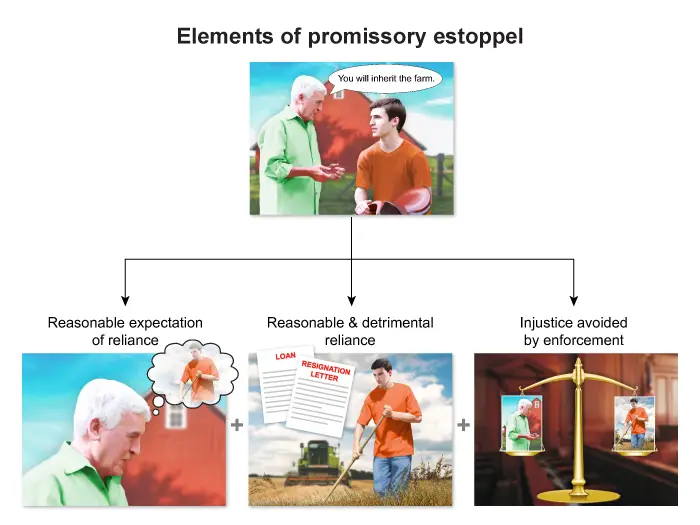
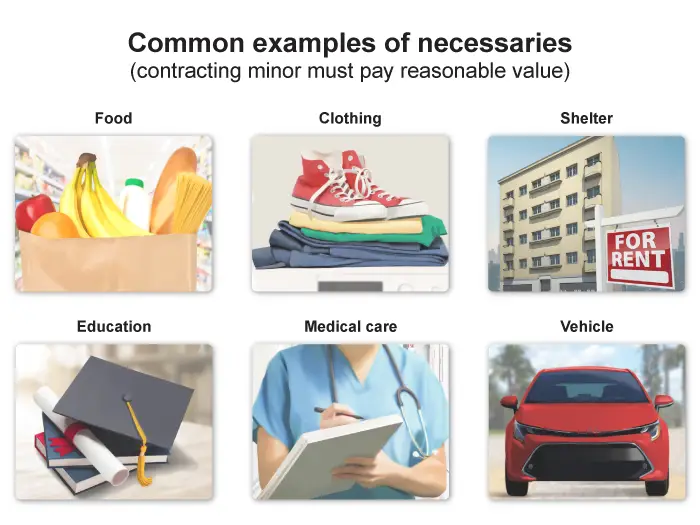
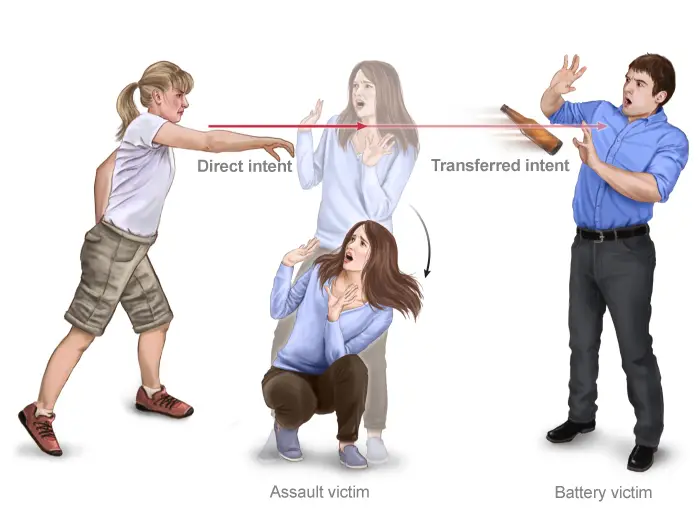
Is the Bar Exam Curved or Scaled?
The bar exam is not a curved exam. A curved exam has a pre-specified distribution of grades and a predetermined passing rate. Each bar exam applicant who achieves the requisite score passes the bar exam, and how other applicants perform has no effect on passing the exam.
The NCBE compiles data from all US jurisdictions on bar exam candidates throughout the year. Annually in the Spring issue of NCBE's Bar Examiner magazine, you may find these statistics as well as national score distributions, examinee counts, and mean scaled scores for the MBE and the MPRE, and scores earned and transferred by jurisdiction for the UBE. To check out the latest bar exam results, please visit the NCBE Bar exam results page.
As a simple rule of thumb, follow the MBE scaled exam mantra:
| Number of correct answers (out of 200 MBE questions) |
+ | 10-15 points (Scaling Factors) |
= | MBE Scaled Score |
About the Bar Exam Curve
The bar exam is scaled, which means that the overall group performance is adjusted to ensure uniform grading fairness from exam-to-exam. (In English, the number of MBE Qs you answer correctly will not be your score on the MBE, your final score will be a few points higher than the raw Qs correct/200 points, and the raw scores you earn on the MEE/MPT will be scaled and then converted to a written score out of 200 points.) Other applicants’ scores are irrelevant, and each applicant who achieves the required overall score (3 components together) passes the bar exam! UBE scaled passing scores range from 260-280 out of 400 and non-UBE jurisdictions may have different grading systems. If you earn 266 points, you pass the bar exam.
|
Year |
Mean Score |
| 2017 | 141.1 |
| 2018 | 139.5 |
| 2019 | 141.1 |
| 2020 | 146.1 |
| 2021 | 140.4 |
| 2022 | 140.3 |
The MBE is “scaled” for parity with past bar exams. Overall (national applicant group) performance is adjusted or "equated" to ensure uniform grading fairness from exam-to-exam since each group of 200 MBE questions necessarily differs. Rather than simply using the raw score earned out of the 175 MBE questions that are scored, the equating process results in a SCALED MBE exam score.
Understand UBE score percentiles report?
Keeping an eye on your percentile rank per subject can show you the areas for improvement and where you stand compared to your competitors . If you follow this plan, you won't waste time practicing topics you already excel in and will spend more time focusing on areas that need improvement.
How to calculate the UBE score percentile?
If you received a 230 (and are in the 9th percentile of UBE takers), you outperformed 9 percent of those who took the exam. If you received a 260, you were in the 44th percentile and outperformed 44 percent of other applicants taking the Uniform Bar Exam. So, the higher your UBE percentile, the higher your overall score!
How does UBE percentile rank factor into bar prep?
The bar exam pass rate varies by state and is typically between 60% and 80%. That means that 20-40% of those who take the bar exam fail. As your percentile rank rises, your goal should be to be in the 30th-40th percentile or higher in each subject as you progress through your studies. This is how you know you are performing well in all areas.
How to increase your UBE percentile rank?
For starters, it's always good to practice subjects where you scored in the 40th percentile or lower. If necessary, re-watch parts of a lecture,use the UWorld MBE QBank, or go over your outlines in more detail. Consider using a different study tool than the one you initially selected. Changing up your bar prep learning activities can help the information sink in more effectively and has been shown to improve test scores.
Tips for scoring high on the Bar Exam
If you already have a firm grasp on a subject tested on the bar exam, there's little need to devote as much time to that subject as there may be to other topics. Reflect on your progress and identify improvement areas at least once weekly, if not more often. Likewise, stop doing something if you find it isn't helping. You don't have to study for 14 hours a day if you know how to study. So the emphasis here is to 'compartmentalize your time.' Here are some tips to help you prepare for the bar exam:
- Access to quality resources is a vital step in preparing for the bar exam.
- Pay close attention to the areas of the law that have been tested in the past.
- Master the MEE by answering sample essay questions.
- Include timed tests in your routine.
- Use World's customizable flashcards to memorize rules of law.
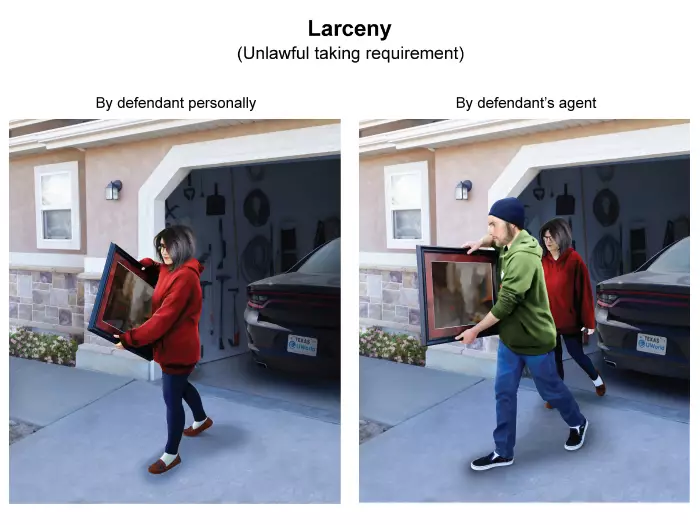
Frequently Asked Questions
Follow these steps:
- Create a NCBE account
- Go to the Scores Services section
- Request a score transcript
- Pay a non-refundable fee of $25
- Wait to receive your scores via email or postal mail
